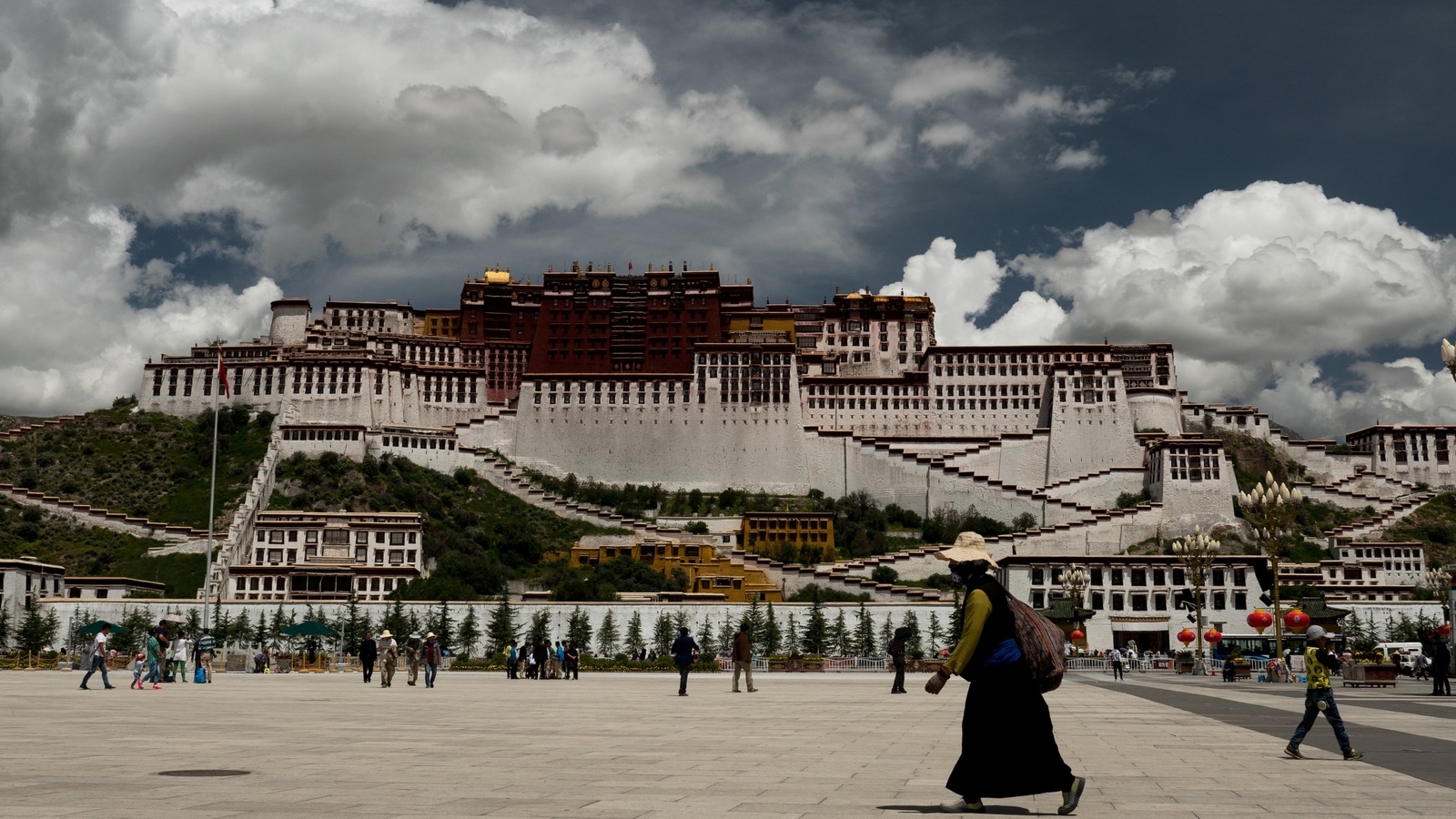Tourism is thriving in Tibet.
More and more Chinese tourists are traveling in-country due to the corona virus pandemic; however, this also poses a lot of threat to the region’s delicate environment and historical sites.
“The biggest challenge for us is the contradiction between the protection and usage of the cultural relics,” said Gonggar Tashi, head administrator of Potala Palace.
At the Potala Palace, the former home of the Dalai Lamas, the number of visitors allowed daily is limited to 5,000. 2020 witnessed a 12.6-percent increase in tourists from the year before, said Ge Lei, deputy director of the China Tourism Marketing Association. He expects the number of visitors to double by 2026.
This visitor number, surpassing that of Tibet’s population of 3.5 million people, means that carefulness is needed to protect the environment and culture.
Among the most popular natural sites in Tibet is Namtso Lake, surrounded by snow-capped peaks and Buddhist shrines, with yaks and migrating birds on the horizon.
Ge said that further development of the site must be done carefully to avoid any damage.
“It will be hard to protect the ecology and culture of Tibet… if we don’t have a long-term plan,” Ge said. “So it is very important to establish a set of values and rules of behavior for travel in Tibet while building the facilities.”
Tags: Tourism in Tibet
